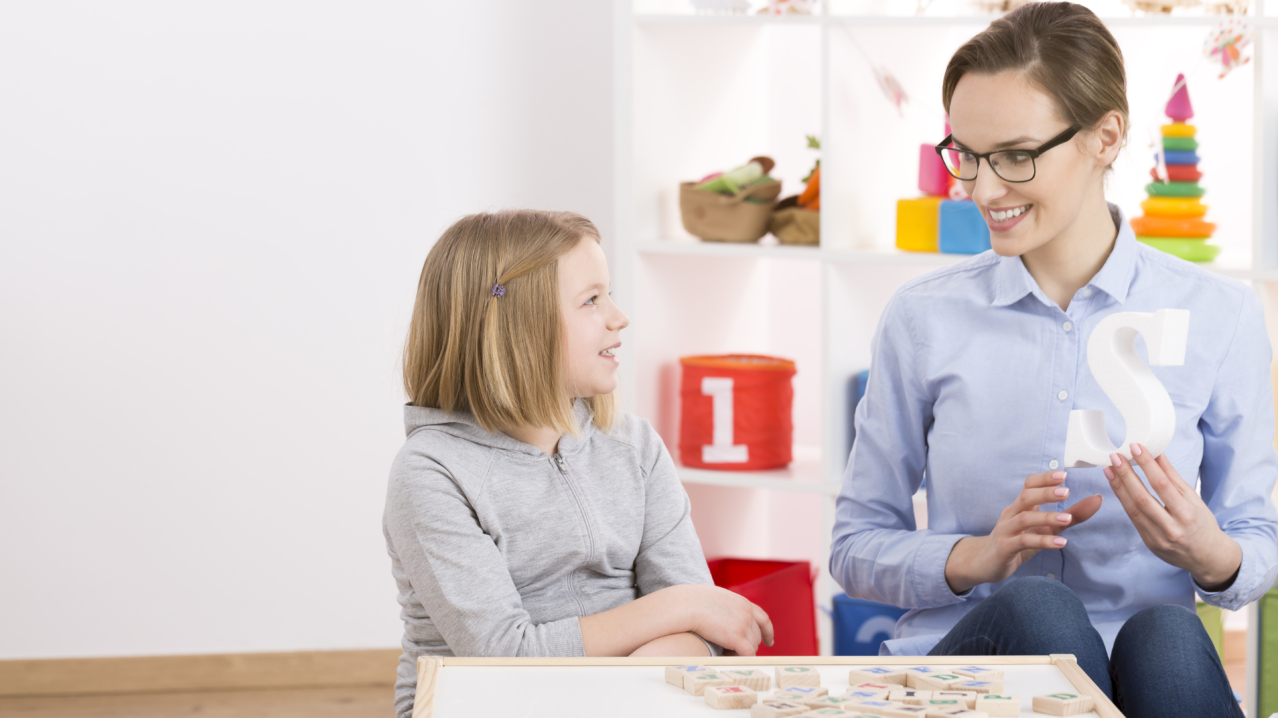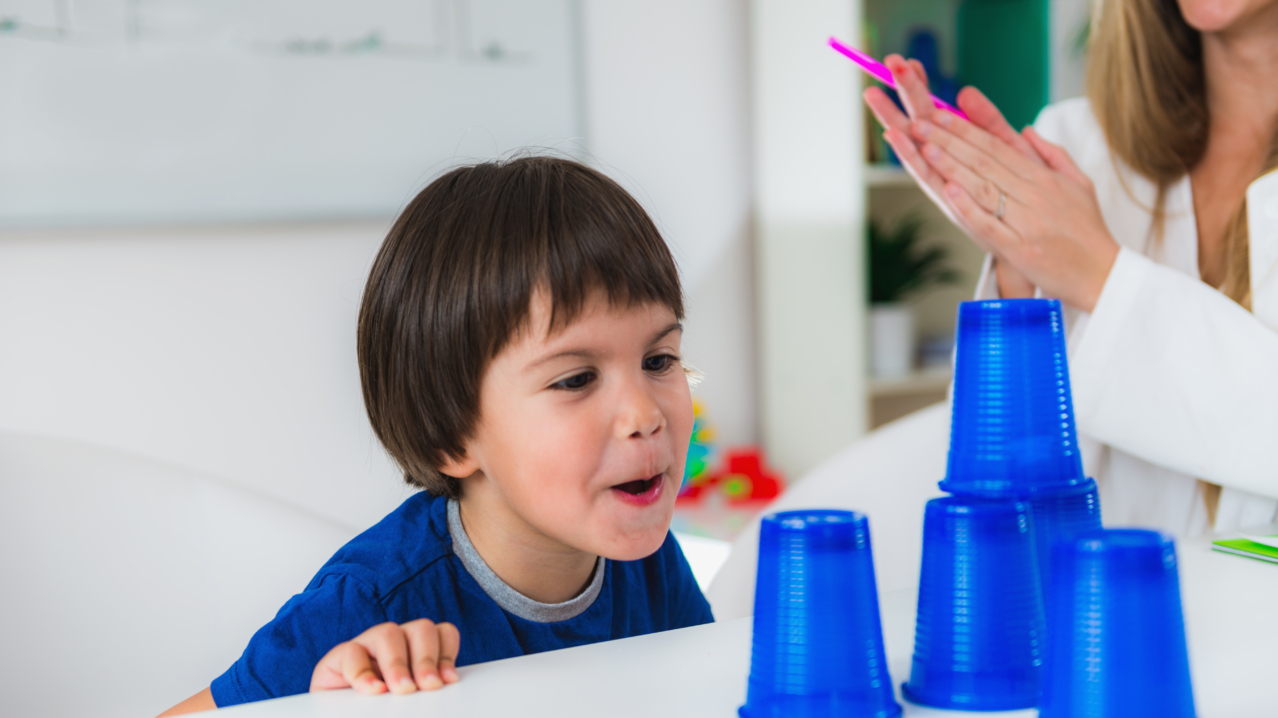A common mistake that people make is confusing Discriminating Stimulus (SD) with the Stimulus Delta (SΔ). However, it is a very easy distinction. Here is how to tell the difference. Discriminating Stimulus (SD) A SD signals that a reinforcer is available for a response. So example, Example 1.) Jenny, an ABA therapist, is working with Ben, a four year old…

Response Class v. Behavior Repertoire Response class and behavior repertoire are two terms that may appear on your board certified applied behavior analysis (BCBA) qualification exam. They are simple yet often overlooked terms. Response Class Response class refers to all the behaviors that serve the same function. This is regardless of whether they are perceived to be “good” or “bad.” …

What is a behavior? A behavior refers to any interaction between an organism and its environment that changes the environment in some way. For example: Clapping your hands, walking, making dinner, ordering a pizza, sleeping, sneezing. Anything that a dead person could not do is a behavior. An inanimate object cannot engage in a behavior. For example, a paper blowing…

Applied behavior analysis (ABA) is not the only science of behavior. Therefore, behavior analysts had to set specific criteria for what makes something ABA. Therefore, in order for something to be considered ABA, it must meet all seven of the following criteria. If any are missing, a treatment would not be considered ABA. Applied Any behavior being changed in ABA…

Why Conduct Baseline Probes The purpose for conducting baseline probes is to establish a control in an experiment. In order to know whether or not an intervention (independent variable) changed a behavior (dependent variable) you would need a reference as to how often the behavior occurs prior to starting an intervention. You can learn some other very important things when…

In order for an ABA study to be considered valid it must have all of the following components. At least 1 subject An experiment must have at least one subject. This can be either an individual or group. It can also have multiple participants. Setting An experiment must have at least one setting or place in which the experiment takes…

Applied behavior analysts seek to change socially relevant behavior by manipulating the environment to make a behavior occur more or less often. To do so, applied behavior analysts require two features of a behavior and make two assumptions about a behavior. Features: Behavior is individual In applied behavior analysis (ABA) a feature of behavior is that ALL behavior is individual.…

Experimental control is the degree to which the same intervention can be shown to have a predictable effect on behavior. The point of experimental control is to demonstrate a functional relationship between a behavior (dependent variable) and intervention (independent variable). In applied behavior analysis, (ABA) behaviorists are constantly validating that interventions work by analysis and experimentation. If a behavior change…

Parametric analysis Parametric analysis refers to evaluation the intervention (treatment ) or independent variable in an applied behavior analysis (ABA) study or experimental design There are two ways to describe the independent variable: parametric and nonparametric. If an independent variable is nonparametric- it is either on or off. The easiest way to think of this is a light switch. The…

When a person thinks about punishment, they often think about one person doing something “bad” or “aversive” to another person as a negative consequence for what they did. That is not how punishment is defined in applied behavior analysis (ABA). Punishment is when a behavior results in a consequence that makes it less likely to occur again. For example, if…

